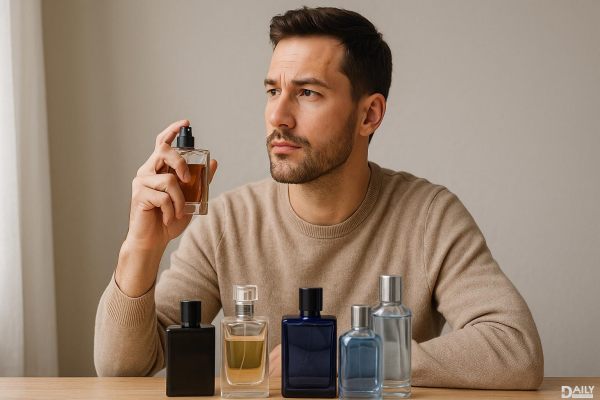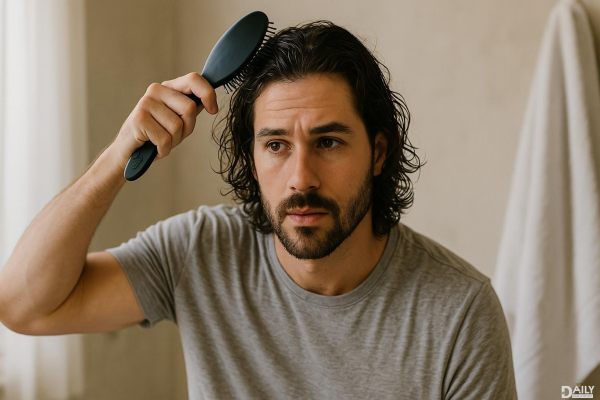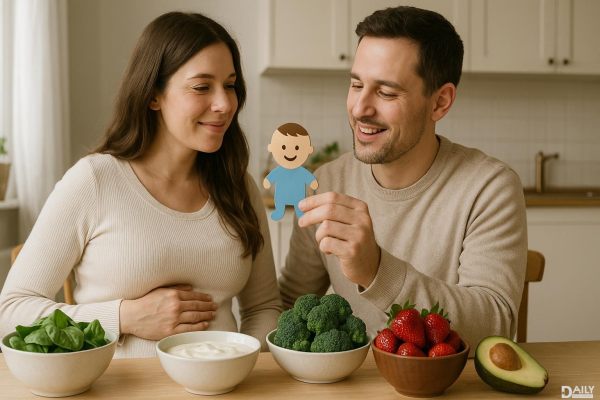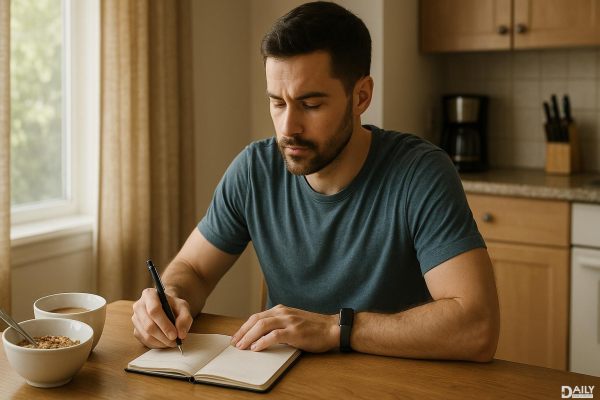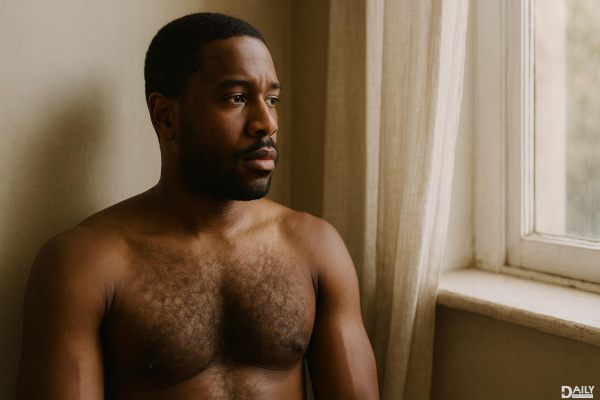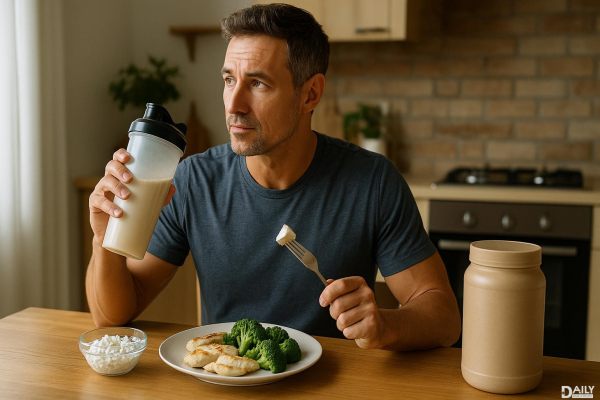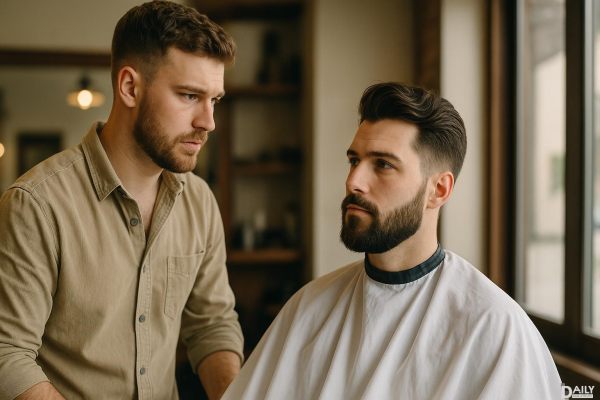If you're a guy looking to switch up your hair color without screaming "I just dyed my hair," the key is choosing shades that mimic natural tones while adding subtle dimension. The most convincing options? Dark browns, rich chestnuts, cool ash tones, and even some understated blondes—when done right, these colors blend seamlessly with your natural base while giving you a fresh, polished look. The trick is avoiding anything too flat or artificial—think depth, not neon.
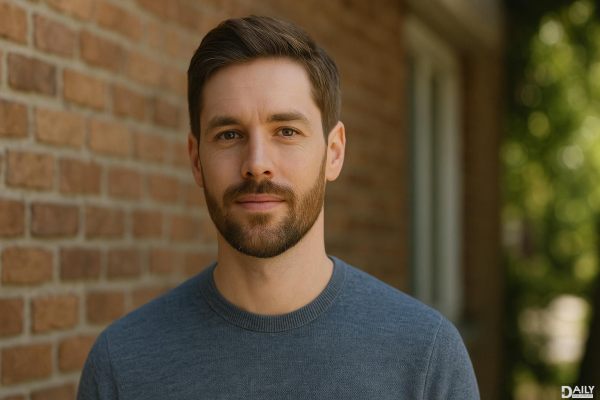
Natural-looking hair color for men isn't about drastic change—it's about enhancement. The best shades work with your skin tone and existing hair pigment to create something that feels organic. For example, if you're a brunette, a chocolate brown with slight caramel highlights will add warmth without looking like you raided a Halloween store. Blondes should lean toward wheat or sandy tones instead of platinum, which tends to look harsh unless you're naturally fair. And for black hair? Skip the shoe-polish effect and opt for a soft espresso with subtle lowlights to avoid that flat, one-dimensional look.
From deep mocha to warm walnut, darker browns are the MVP of natural-looking dye jobs. These shades work because they're close enough to most men's natural color that regrowth isn't obvious, and they add just enough richness to make hair look healthier. The secret is choosing a shade within two levels of your natural color—anything darker can look fake. If you're going for gray coverage, a demi-permanent formula in a neutral or cool brown will blend better than warm tones, which can turn brassy over time. Pro tip: Ask your stylist for "dimensional" color—a mix of slightly varying tones—to mimic how sunlight naturally hits hair.
For those with naturally warm undertones, chestnut is a home run. It's that perfect middle ground between brown and red—enough to make people do a double-take but not so much that your coworkers start calling you "Ginger." The key is balance: too much red pigment and it veers into unnatural territory. A skilled colorist will use a base close to your natural shade and only add subtle auburn tones around the face where light naturally catches. This works especially well for guys with olive or golden skin tones. Just remember—red pigments fade fastest, so invest in color-safe shampoo and plan for touch-ups every 4-6 weeks.
Think of ash brown like the matte black of hair colors—it's sleek, modern, and doesn't scream for attention. These cooler tones neutralize brassiness (great for covering grays) and work particularly well on guys with fair or pinkish skin. The effect is a sophisticated, slightly muted look that reads as naturally ashy rather than artificially colored. The catch? Ash tones can sometimes pull green if applied incorrectly, so this isn't a DIY situation. A pro will know how to balance the pigments to avoid that dreaded "swamp hair" effect. Maintenance is easier than warm tones though—ashy colors tend to fade more gracefully between salon visits.
Going blonde as a guy without looking like a meme requires strategy. The goal is "sun-kissed," not "chemical spill." For darker-haired guys, a partial highlight technique like balayage creates gradual lightness that mimics how hair naturally lightens in summer. Natural blondes looking to refresh their color should avoid single-process all-over blonde—instead, ask for a mix of buttery and wheat tones to maintain dimension. The biggest mistake? Going too light too fast. Multiple sessions to gradually lift color always look more natural than one drastic bleach job. And for the love of style, tone that yellow—brass is the enemy of believable blonde.
True black dye is notoriously hard to pull off unless you're East Asian or have naturally near-black hair. For everyone else, a soft black or off-black (like a dark graphite) looks far more natural. The difference is in the undertones—pure black lacks dimension, while a slightly softened version has subtle blue or brown undertones that mimic how real hair reflects light. Another trick? Avoid coloring eyebrows the same shade unless you want that Sharpie-drawn look. Instead, have your stylist go one shade lighter for brows to keep things balanced.
No natural-looking color stays fresh without some effort. Sulfate-free shampoo is non-negotiable—it prevents fading and keeps tones truer longer. For colored brunettes, a blue-toned shampoo once a week knocks out brassiness. Blondes need purple shampoo to combat yellow. And everyone should use a leave-in conditioner with UV protection—sun exposure is the fastest way to turn expensive color into a faded mess. Touch-up schedules vary: demi-permanent colors last 4-6 weeks, while highlights can go 8-12 weeks between appointments. The more contrast between your natural color and the dye, the more obvious regrowth will be—another reason to stick close to your natural palette.
At the end of the day, the most natural-looking hair color is one that makes people wonder if you just got back from vacation rather than from the salon. It's about subtle enhancement, not reinvention. Find a colorist who specializes in men's hair (they understand how to work with typically shorter lengths and different textures), bring reference photos of real people—not models with perfect lighting—and remember: when in doubt, go a shade more conservative than you think. Your future self will thank you when you're not stuck with six months of awkward grow-out.
